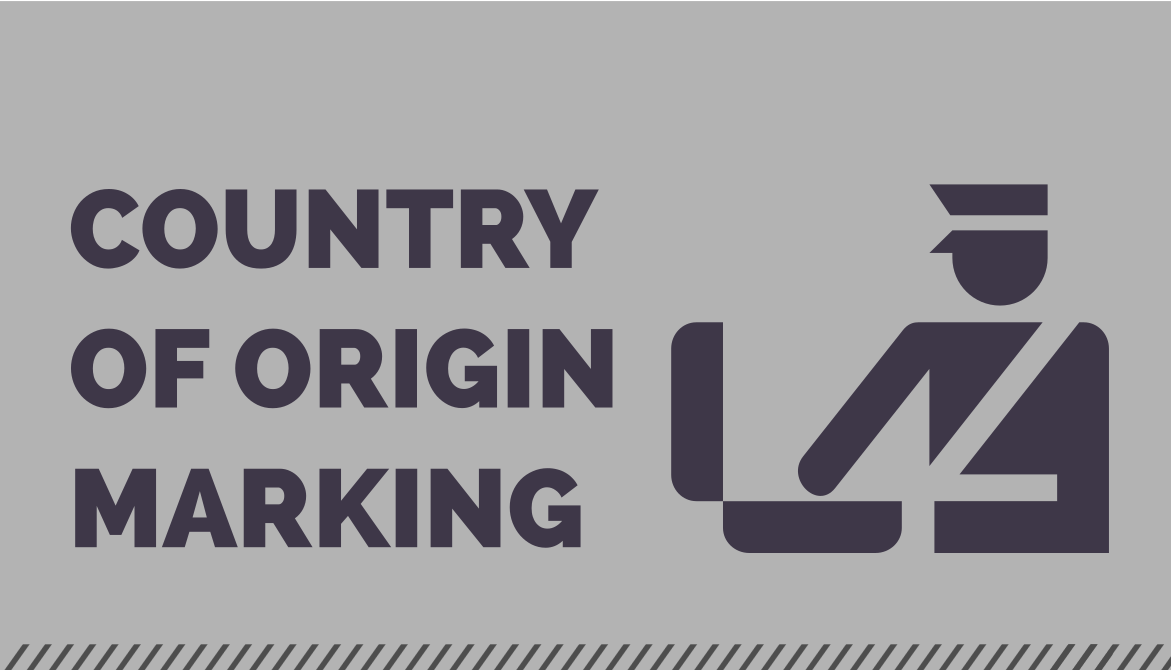For importers, many countries require a mark associated with the Country of Origin as an element of Customs compliance that must be adhered to.
The origin marking practice began in the World War II era. The rules as to how this must be done vary from country to country. In America, it is required that goods imported across the border must be marked with a country of origin unless given a specific exemption. For example, A “Made in USA” sticker or engraving on a mug or tag on a piece of clothing is a Country of Origin marking at work.
Important Notes About Country of Origin
Products that would be impossible to mark, items in danger of being irreparably damaged by the marking process, and original pieces of artwork are usually exempt from this type of marking. There are more exemptions not mentioned here, and for a more complete list of these exceptions, feel free to consult CBP’s list of exemptions on the Chapter 13 Country of Origin Marking page on their website.
The country of origin marking requirement is why “Made in China” stickers and stamps adorn goods imported from China; however, this regulation is not specific to goods imported from China. The same requirement governs goods imported into the U.S. from any country.
Specific Regulations
The marking regulation also determines the method of affixing the notice. For the marking to comply with guidelines, it must be legible, and indelible enough that the end purchaser will be able to view it. This mark must also be placed in an area conspicuous enough that the end user would easily see and identify it. For specifics, refer to 19 CFR Part 134.
In today’s globalized economy, marking a product with its country of origin presents a particular challenge because many modern goods are comprised of many other goods, each sourced from a separate country. So which country should be marked as the country of origin on any given product? In the United States, 19 CFR Part 102 governs this decision. To learn more about marking, consult CBP’s website, or ask a global trade specialist.






![[Webinar] How Could Changes to De Minimis Impact Your Company?](https://traderiskguaranty.com/trgpeak/wp-content/uploads/2025/05/trg-how-de-minimis-impacts-customs-bond-webinar-400x250.png)
